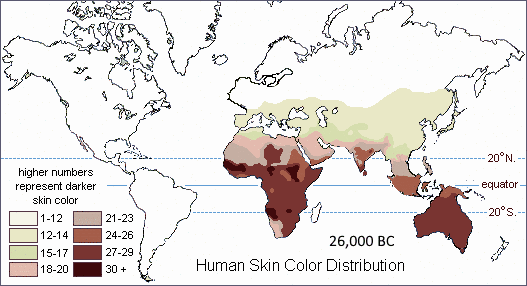What is Skin Tone?
Skin tone refers to the surface color of your skin, which is determined by the amount of melanin produced by melanocytes in the upper layer of your skin. This color is primarily based on genetics but can change due to factors such as sun exposure, skin-lightening products, and dermatological treatments. There are four main skin tones: light, fair, medium, and dark. To determine your skin tone, examine your jawline in natural light and observe how your skin reacts to the sun.
What is Undertone?
Undertone is the color tone beneath the surface of your skin, which remains constant and cannot be changed. There are three types of undertones: warm, cool, and neutral. Warm undertones have yellow, peachy, or golden shades; cool undertones have red, pink, or bluish hints; and neutral undertones have an olive color or a mixture of warm and cool shades. You can identify your undertone using methods such as the vein test, the jewelry test, or the white t-shirt method.
What is the Difference Between Skin Tone and Undertone?
The primary difference between skin tone and undertone is that skin tone is the surface color of your skin, while undertone is the color beneath the surface. Skin tone can change due to various factors, but your undertone remains the same.
Summary – Skin Tone vs Undertone
In summary, skin tone is the surface color of your skin, determined by genetics but subject to change due to factors such as sun exposure or skin treatments. There are four types of skin tones: fair, light, medium, and dark. Undertone, on the other hand, is the color tone beneath the surface of your skin, with three types: warm, cool, and neutral. Unlike skin tone, your undertone remains constant throughout your life.
Key Takeaways
- Skin tone is the surface color of your skin, determined by genetics but can change due to sun exposure and other factors.
- Undertone is the color beneath the surface of your skin, which remains constant and cannot be changed.
- Identifying both skin tone and undertone helps you choose clothing, makeup, and hair colors that complement your complexion.
